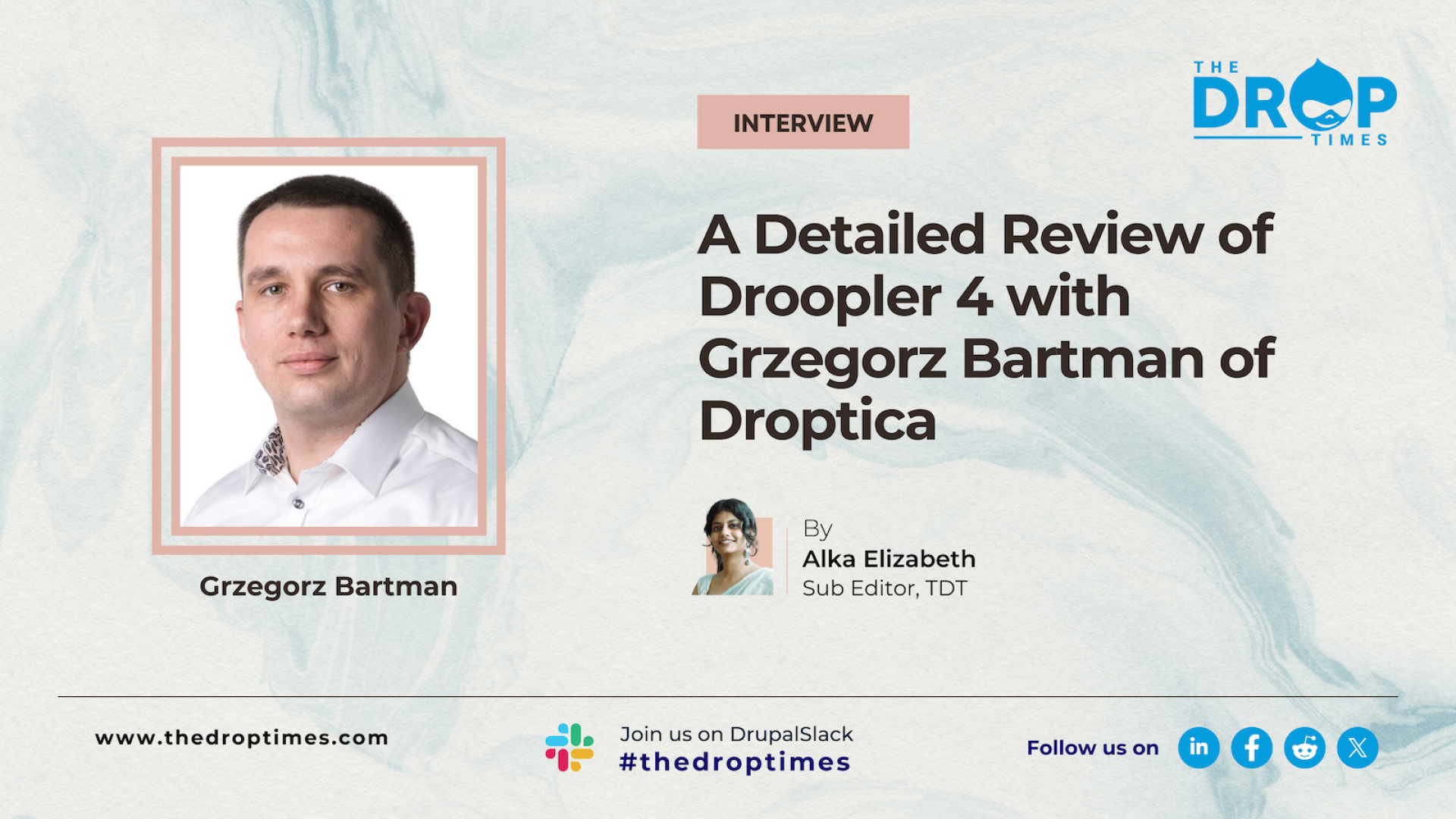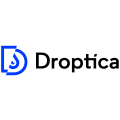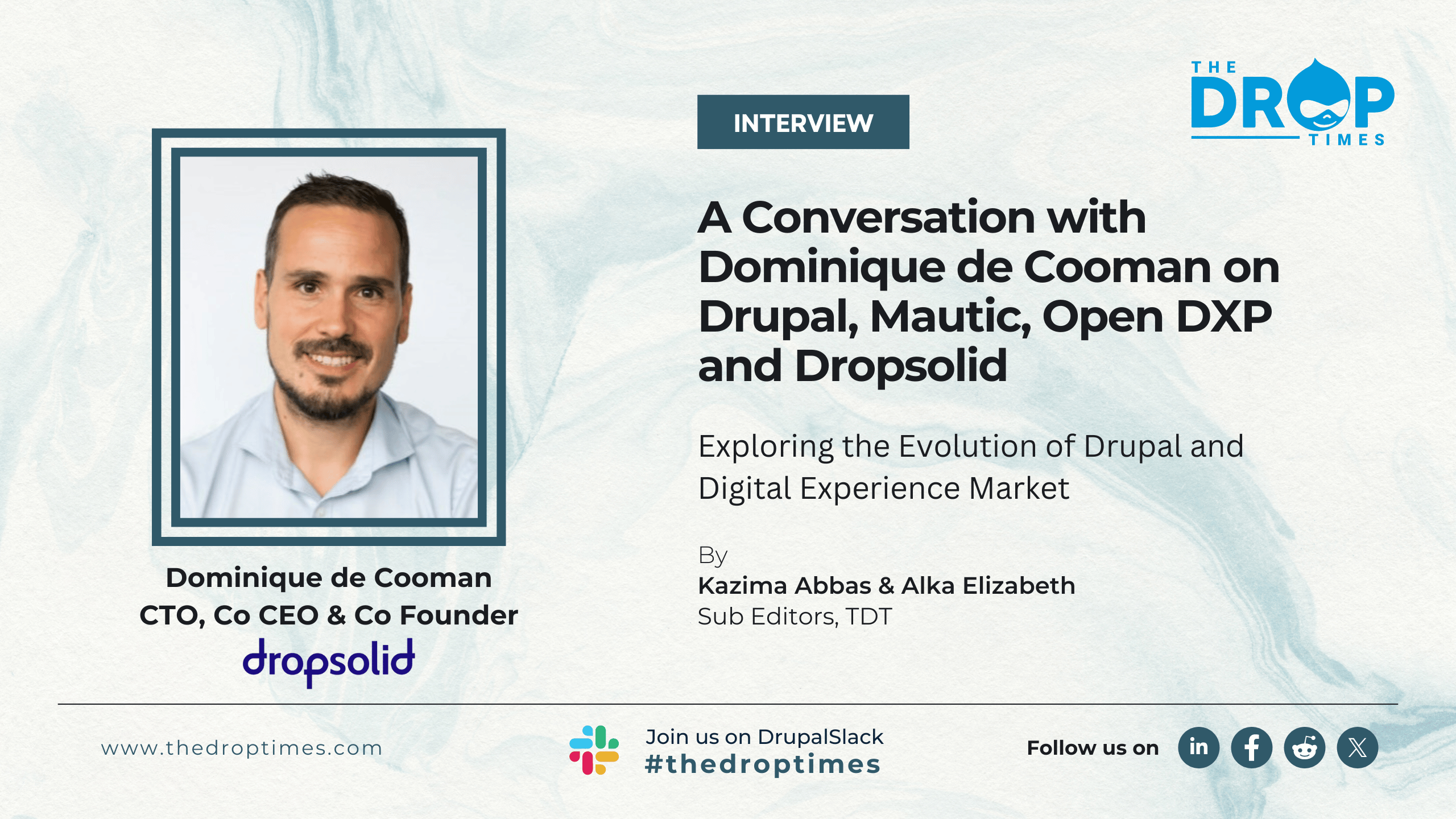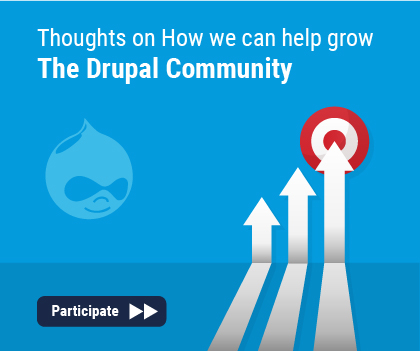A Detailed Review of Droopler 4 with Grzegorz Bartman of Droptica
Droopler 4 is ready! Announced an enthusiastic Grzegorz Bartman through a LinkedIn post months back. In Droopler 4, developers benefit from the inclusion of single directory components, enabling effortless extension of existing components and seamless creation of new ones. The distribution is built on Bootstrap 5 and the Radix theme, providing a solid and modern framework for customization.
On the other hand, for marketing and SEO experts, Droopler 4 offers a user-friendly site builder with 15 pre-configured components through Drupal paragraphs, facilitating the creation of visually appealing landing pages. The distribution ensures responsive web design, integrates essential SEO modules, and emphasizes page speed optimization, achieving an impressive score of 96/100 for enhanced performance, noted Grzegorz in the post.
Three months after its introduction, Droopler 4, the latest version of the Droopler Drupal distribution, has been a subject of interest in the Drupal community. In a detailed interview conducted by Alka Elizabeth, a sub-editor at The DropTimes [TDT], Grzegorz Bartman, co-CEO of Droptica, provides a thorough examination of Droopler 4.
Grzegorz outlines the foundational changes and enhancements that Droopler 4 brings, underscoring Droopler’s ongoing commitment to enhancing ease of use and flexibility, which is crucial for both developers and marketing teams. The conversation also touches on the strategic decisions behind continuing to use Drupal Paragraphs for content management over switching to the Layout Builder, reflecting Droopler’s dedication to providing a user-friendly, editor-centric experience. Grzegorz highlights how these choices align with the needs of marketing departments, aiming to streamline the site-building process without sacrificing the flexibility that Drupal is known for.
Addressing potential concerns about future support and development, Grzegorz reassures users of Droopler’s robust update and maintenance plan. Despite the pressures of balancing client work with project development, the Droptica team is committed to the ongoing enhancement of Droopler, as evidenced by the release of version 4.0.0-alpha1. This alpha release not only tests new features but also gathers valuable community feedback, which is crucial for refining the distribution further. Bartman's insights illustrate a clear roadmap for Droopler, emphasizing continuous improvement and responsiveness to the needs of its user base.
Please read on.
TDT [1]: Is Droopler a distribution or a starter template that helps to kickstart a new website and then continue with the normal Drupal route?
Grzegorz Bartman: Droopler is a Drupal distribution, a pre-built website that users can customize and manage to fit their requirements without having to start from scratch. In version 4.0, we want to expand this approach with SEO and focus more on the needs of marketing departments.
At the same time, we've changed the concept of building Droopler's front end to make it even easier for developers to customize the distribution for their own purposes or those of marketing specialists.
Like other distributions, it still includes the Drupal core, pre-configured features, components, and layouts (a custom Bootstrap 5 theme)—ready to use right after the installation. Optionally, it can be used with Drupal Commerce to jump-start an online store project.
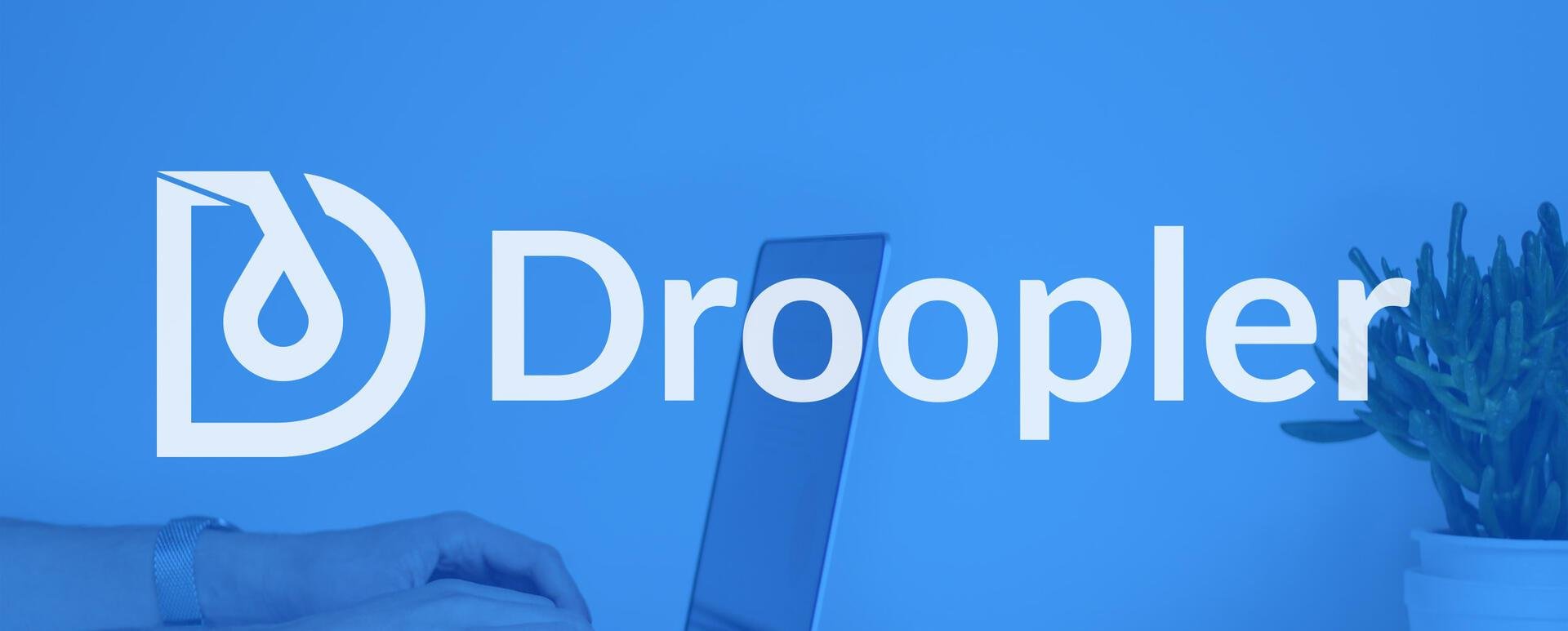
TDT [2]: One key problem we see with Drupal distributions is that if the maintainer abandons it or is slow in updating, the sites created with it will suffer. How is Droopler addressing this issue?
Grzegorz Bartman: It never crossed our minds to abandon our distribution—we like it too much ;) But in fact, developing a project like Droopler on a regular basis may drag on. We’re experiencing this now because we have to focus more on working for our clients.
However, we maintain the project on an ongoing basis and try to make sure that Droopler users can always count on us. They can report any technical problem or bug on an existing website through Drupal.org. Our developers resolve these issues regularly. They also stay in direct contact with the issue reporters to provide advice or instructions on how to fix something on the website administrator's end. Users can also reach us via the Droopler Facebook page or directly on our website.
We've been continuously developing Droopler since 2017. The full project roadmap is available here: https://www.drupal.org/docs/getting-started/drupal-distributions/droopler.
TDT [3]: Is there an upgrade path for Droopler 3 users?
Grzegorz Bartman: Droopler 4.0.0 is a completely fresh version of the system, including a new theme and starterkit, paragraph templates using single directory components, and a whole new backend based on Drupal 10. So far, there is no way to easily migrate from 3.x to 4.x. Users can try to run it on an existing database, but we don’t guarantee that it will work. Maybe we'll prepare an upgrade path for Droopler 3 in the future (probably as a separate module or instruction). We'll certainly let the distro users know when it comes to life.
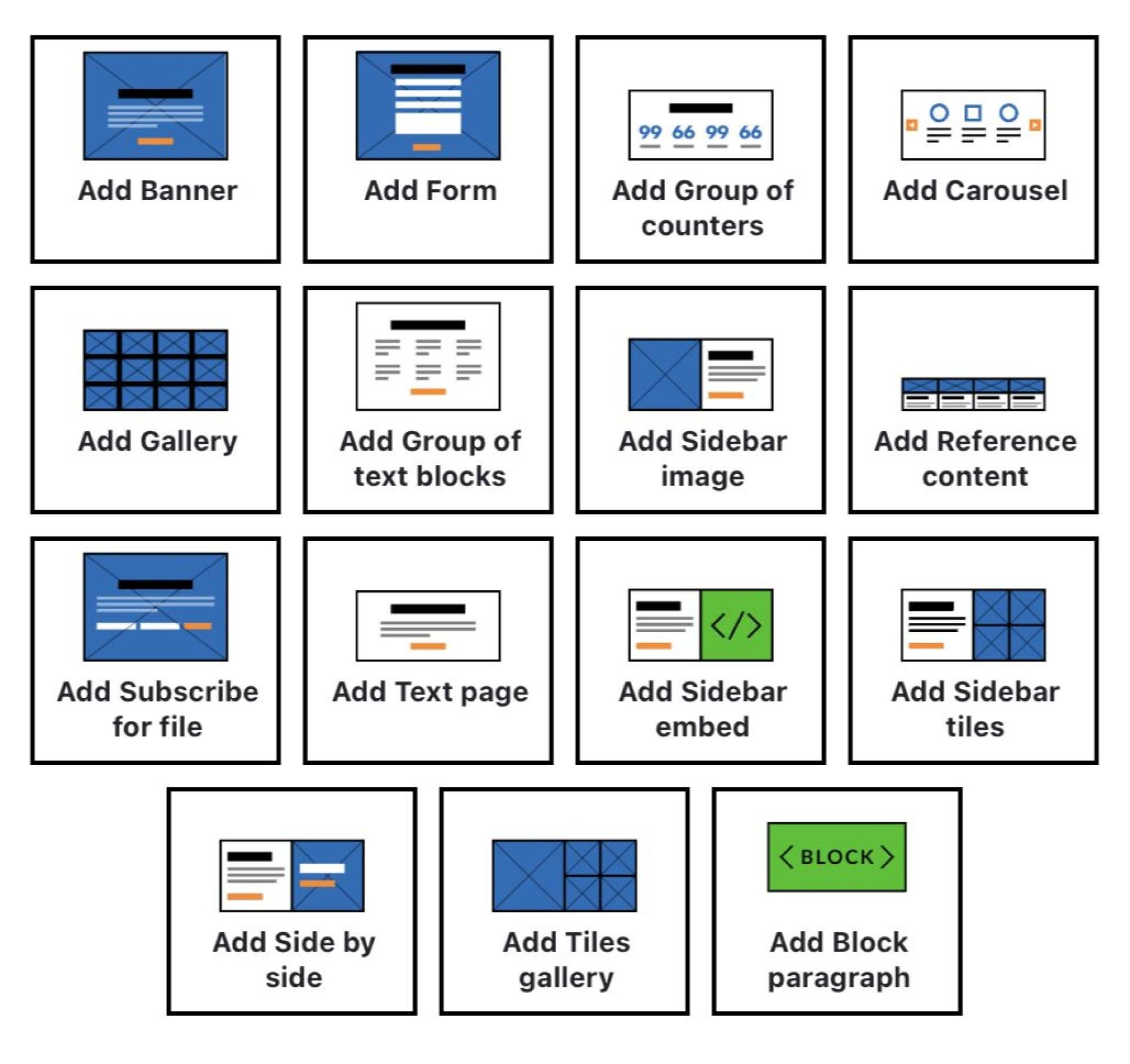
TDT [4]: From the project page, it seems like Droopler uses Paragraphs heavily. There is always a debate in the Drupal community about whether we should use Paragraphs for layouts or the layout manager itself. What are the key considerations behind the decision to go with the Paragraphs module rather than the Layout builder model?
Grzegorz Bartman: When we started working on Droopler in 2017, Layout Builder had very few options, and Paragraphs gave more flexibility and convenience to the editors at that time. All they had to do was arrange blocks as they liked, fill them with content, and create a subpage or landing page in a few minutes. Now, Layout Builder has a lot more possibilities through additional modules. But we're still going to use Paragraphs because it works and suits the end users—the marketing departments that we're building Droopler for.
TDT [5]: Can you talk about the team behind Droopler? Whose idea was this, and how did it all get started?
Grzegorz Bartman: At Droptica, we've always wanted to solve the issue of the time-consuming creation of small websites from scratch. You have to design a robust template, adapt it to the needs of mobile devices, plan basic functionality, etc. We regularly build websites for our own needs (e.g., marketing campaigns or events like DrupalCamp Poland) and our clients, so we were looking for a solution that would give us an easy start that we could quickly develop.
We chose Drupal 8 because it already had automated testing, production deployment, and security updates—everything we needed. And we knew the technology pretty well :) Our goal was to build a tool that would be easy to use (even for editors with no coding skills) and be able to create several different subpages with more than just titles and text. That's more or less how we started with Droopler. Later, at the 2.1 release stage, we decided to add integration with Drupal Commerce so that online stores could be created just as easily. We’ve been getting requests for this from our users.
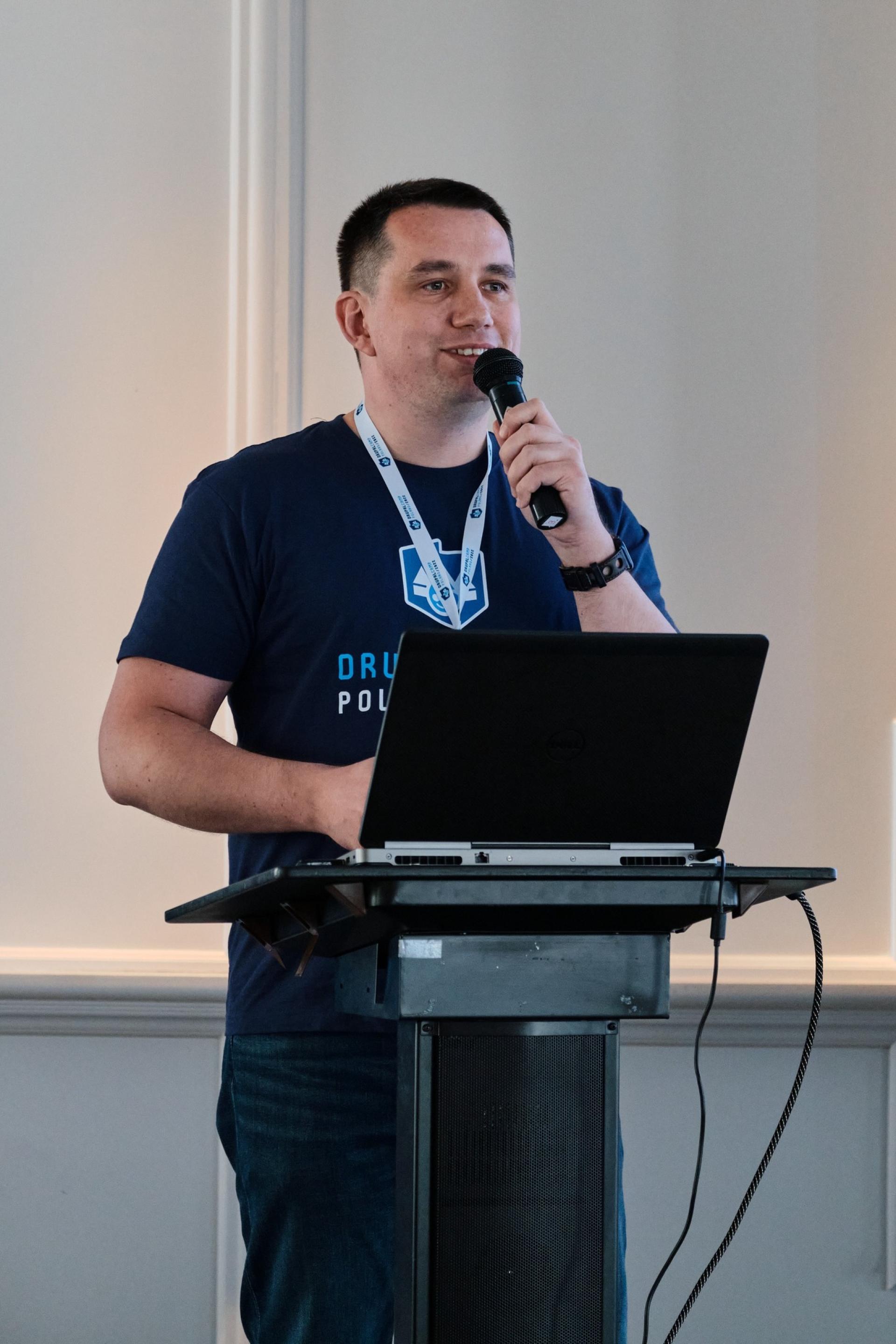
As for the people behind Droopler, it has always been a team game. Several specialists have always been involved, and together, we make important decisions about the direction we want to take with this project.
TDT [6]: What are the key improvements users can see in the latest version of Droopler?
Grzegorz Bartman: Behind Droopler 4.0 are mainly significant programming changes and improvements that will make our distribution the best SEO-optimized open-source website builder available on the market.
As mentioned above, Droopler 4 is based on Drupal 10 and fully compatible with PHP 8.1. As for the backend, we removed unnecessary code from custom modules and replaced most of them with object-oriented modules. We also removed some unused modules to make room for new ones in the future. We replaced Geysir with a front-end editing module. We also fixed some issues with PHP CodeSniffer and PHP Stan.
There have also been some changes on the front end. Droopler got a new theme and a starterkit based on Bootstrap 5 and Radix. There are also Paragraph templates based on front-end single directory components. Droopler 4 users can easily change and style colors, spacers, and component parameters by editing CSS variables.
Users can find all changes, fixes, and enhancements on Github: https://github.com/droptica/droopler/releases.
TDT [7]: One advantage mentioned about Droopler is that it reduces the cost of a corporate website on Drupal. People who want a cheaper solution often go for WordPress. What is the advantage of Droopler over WordPress?
Grzegorz Bartman: We never wanted to compete with WordPress. Droopler is for companies that want to use Drupal because of its product values like open source code, security, regular updates, huge community, 20+ years on the market, solid code based on Symfony Framework components, thousands of free modules, extensibility, and more.
A weakness of Drupal is that Drupal Core needs a nice-looking theme out of the box, an easy-to-use site builder with ready components, and SEO optimization. We observed that our clients need these things, so we solved these problems in Droopler.
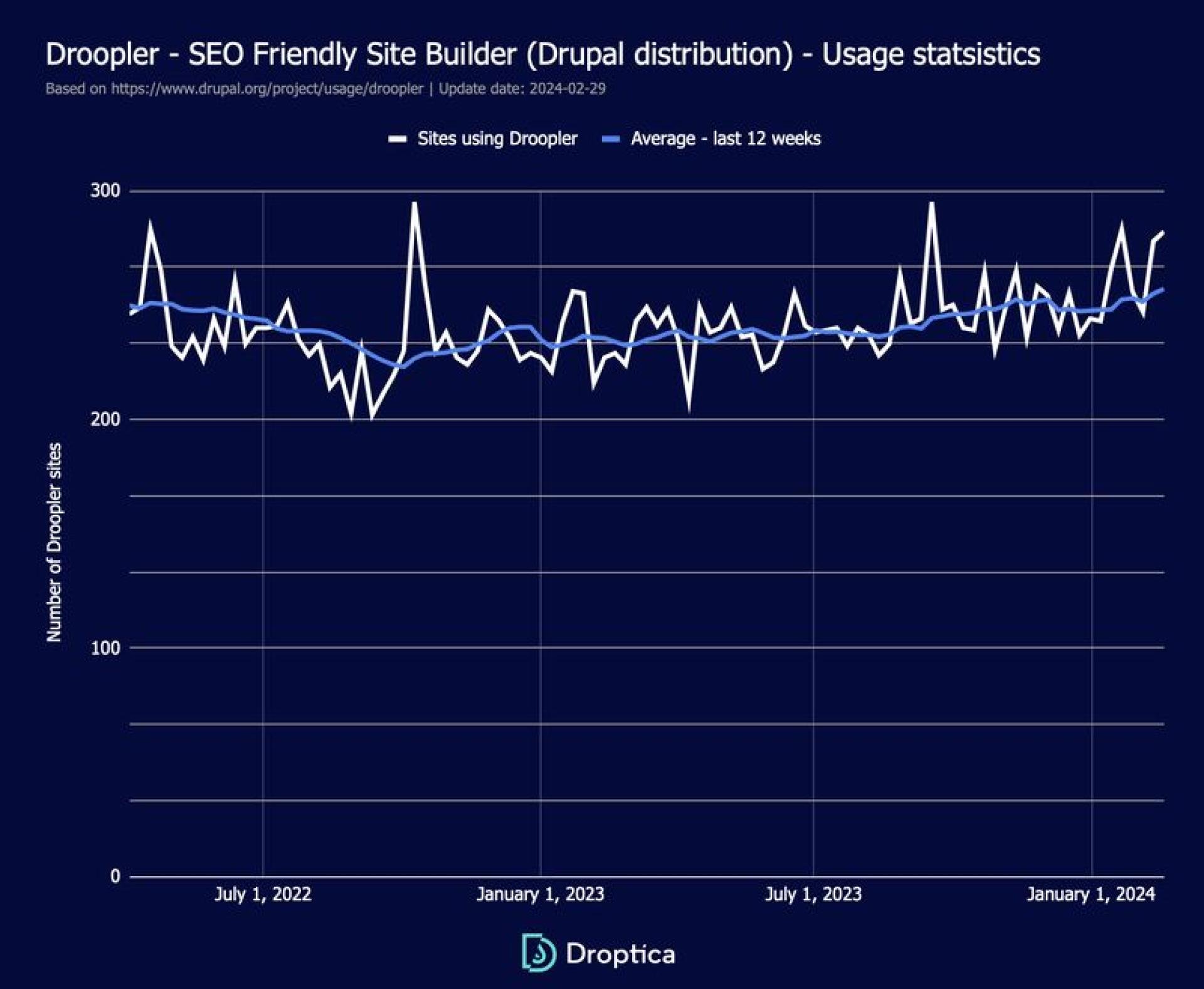
TDT [8]: What is the future for Droopler? When can we expect a stable release of Droopler?
Grzegorz Bartman: Based on our 6+ years of experience, we noticed that SEO is the number one requirement for websites built on Droopler. This is why we changed the description of Droopler to "SEO-Friendly Site Builder." Our goal in the next versions is to continuously improve SEO-related features and the editor experience.
TDT [9]: Do you have a plan to offer Droopler as a SaaS offering? or will it be always a DIY self-install distribution?
Grzegorz Bartman: Currently, we don't plan for a SaaS offer. Droptica's delivery processes focus on custom software development and creating huge, complex, and extendable systems. It is hard to be a SaaS company and simultaneously customize the software for every client in different ways. You have to think about software development in entirely different ways.
When we use Droopler, we must customize it for each client. For example, we implement multisite, multidomain, CRM integration, API integration, etc. Usually, it is a marketing system for teams that produce a lot of marketing content on multiple channels (multiple websites, web apps, mobile apps, etc.).
Websites built with Droopler 4:
Disclaimer: The information provided about the interviewee has been gathered from publicly available resources. The responsibility for the responses shared in the interview solely rests with the featured individual.
Note: The vision of this web portal is to help promote news and stories around the Drupal community and promote and celebrate the people and organizations in the community. We strive to create and distribute our content based on these content policy. If you see any omission/variation on this please let us know in the comments below and we will try to address the issue as best we can.



